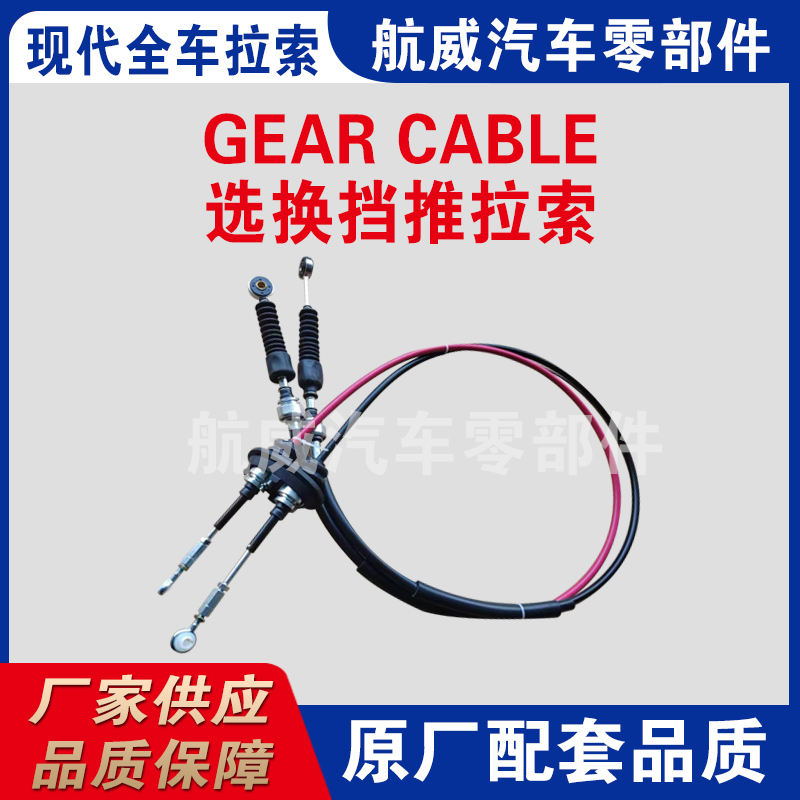throttle and clutch
Understanding Throttle and Clutch The Essentials of Driving Dynamics
When it comes to driving, particularly in vehicles with manual transmissions, the relationship between the throttle and the clutch is crucial for optimal performance and control. These two components work in tandem to ensure a smooth driving experience, allowing drivers to manage speed and power effectively.
Throttle The Control of Power
The throttle, often controlled by a pedal in the vehicle, regulates the amount of air and fuel that enters the engine. It essentially determines how much power is produced by the engine. When the driver presses the throttle pedal, they increase the engine's output, allowing the vehicle to accelerate. The responsiveness of the throttle can dramatically affect a vehicle's performance; too little throttle can lead to sluggish acceleration, while too much can cause wheel spin, especially in rear-wheel-drive vehicles.
In modern cars, throttles are often electronically controlled, which introduces features such as drive-by-wire systems. These systems improve efficiency and responsiveness but can also make the driver feel less connected to the engine's output. Nevertheless, understanding how the throttle works and how it interacts with the vehicle's powertrain is vital for any driver looking to optimize their driving experience.
Clutch The Mechanism of Engagement
The clutch, on the other hand, is a mechanical component that allows the driver to disengage the engine from the wheels. This is critical for changing gears. In a manual transmission, engaging the clutch disconnects the engine's power from the wheels, giving the driver the ability to shift gears smoothly without damaging the transmission.
throttle and clutch

When a driver presses the clutch pedal, it pushes a release bearing against the pressure plate, disengaging the clutch disc from the flywheel. This action is crucial during acceleration and deceleration as it allows the driver to control power delivery more precisely. If not managed correctly, improper use of the clutch can lead to stalling the engine or grinding the gears, which can cause long-term damage to the transmission.
The Synergy Between Throttle and Clutch
The interaction between the throttle and the clutch is an art form that requires practice and finesse. When starting from a standstill, the driver must balance the throttle and clutch engagement to prevent stalling the engine or lurching forward. This delicate balance is often referred to as the bite point of the clutch. Finding this point involves slowly releasing the clutch while simultaneously applying throttle to ensure a smooth launch.
During gear shifts, the driver must again coordinate the throttle and clutch. As the clutch is pushed in, the driver lifts off the throttle momentarily to allow for a seamless transition between gears. Mastering this technique allows for smoother driving, better fuel efficiency, and enhanced vehicle control.
Conclusion Becoming a Skilled Driver
Understanding the throttle and clutch is essential for any manual transmission driver. The relationship between these two components significantly impacts vehicle performance, driver control, and overall driving experience. By practicing the delicate balance of throttle control and clutch engagement, drivers can enhance their skills and enjoy a more dynamic and engaging driving experience. Whether for commuting or performance driving, mastering these elements is key to becoming a skilled driver.
-
Upgrade Your Vehicle with High-Quality Handbrake CablesNewsNov.01,2024
-
Optimize Your Bike's Performance with Quality CablesNewsNov.01,2024
-
Enhance Your Vehicle's Performance with Quality Clutch ComponentsNewsNov.01,2024
-
Elevate Your Vehicle's Performance with Quality Throttle CablesNewsNov.01,2024
-
Elevate Your Vehicle's Performance with Quality CablesNewsNov.01,2024
-
Affordable Solutions for Your Cable NeedsNewsNov.01,2024
